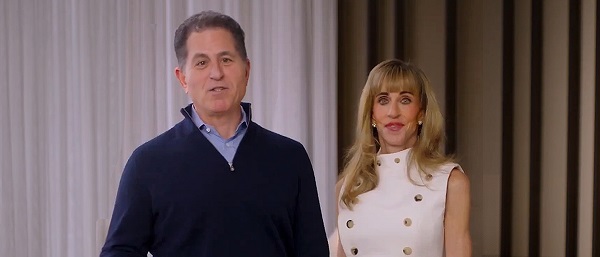Energy
Trump’s tariffs made Ottawa suddenly start talking about new east-to-west pipelines, but how long will it last?
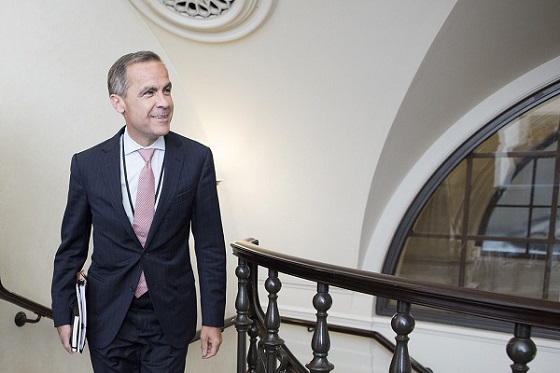
For years, oil pipelines have been a political fault line in Canada, with battles over environmental policies, economic development and national energy security. The Liberal government under Prime Minister Justin Trudeau, has sent mixed signals – championing climate goals while approving some energy projects like the Trans Mountain Expansion. But now, with a trade war looming over Canada, a surprising shift has occurred: a consensus across the political spectrum in favour of building new pipelines.
And it’s all due to one man: United States President Donald Trump.
Trump’s threat to impose a 10 percent tariff on Canadian energy and 25 percent on other Canadian exports has woken up Ottawa. Previously, Trudeau’s government made decisions that killed off big pipeline projects like Energy East. Bill C-69 was blamed for creating an uncertain regulatory environment that discouraged investment in pipelines.
But now, Liberal ministers are talking about revisiting those projects.
On February 6, Energy Minister Jonathan Wilkinson, a long-time climate crusader, surprised many when he said Canada is too dependent on the U.S. as an oil buyer and suggested Ottawa should consider a pipeline to Eastern Canada to diversify energy exports. He’d made similar comments in September and October 2024 when he said oil demand had peaked and pipelines were unnecessary.
The next day, it was reported that Industry Minister François-Philippe Champagne followed Wilkinson’s lead, saying Canada must reassess its energy infrastructure given Trump’s threat. He even suggested Quebec, which has long opposed pipelines, might be open to reconsidering Energy East.
Shortly after, Alberta Premier Danielle Smith seized the moment, urging Ottawa to restart talks on national energy infrastructure.
And then on February 9, Champagne again said Quebecers might have a different view on pipelines now that their economic security is at stake.
This is a stunning reversal. Just months ago Wilkinson and other Liberal officials were saying oil demand was declining and Canada should focus on renewables and electrification.
However, is this a real policy shift?
While some senior Liberals are suddenly in favour of pipelines, one key figure has been silent: Mark Carney, the front runner in the Liberal leadership race.
Carney has made climate action a central plank of his campaign, but says he supports the “concept” of an east-west pipeline.
His silence raises a big question: Are the Liberals really in favour of oil pipelines or is this just a reaction to Trump?
Despite Carney, Wilkinson and Champagne’s comments, big industry players remain skeptical. Pipeline projects take years of regulatory approval, billions of investment and political will at both the federal and provincial level. The Trudeau government’s track record has been one of obstacles, not encouragement, for big energy projects.
And some experts say pipeline companies may not be keen to jump back into the fray. TC Energy, the former proponent of Energy East, divested its oil pipeline business in 2023. Would a new pipeline proponent be willing to navigate the regulatory and political minefield that Ottawa itself created?
The political fallout could be immense.
If the Liberals go for pipelines, it will be one of the biggest policy reversals in Canadian energy history. It will also expose deep divisions within the party. Environmental groups and Liberal voters in urban centres will likely rage against such a shift while oil-producing provinces like Alberta and Saskatchewan will remain skeptical of Ottawa’s new enthusiasm.
Meanwhile the Conservative Party, the only federal party that has always been in favour of pipelines, will find itself in an unusual position—watching the Liberals adopt its policies as their own.
In the next few weeks all eyes will be on Carney and the Liberal leadership race. If Carney keeps hedging on pipelines, it will be unclear if this new consensus is real or just political expediency in the face of Trump’s tariffs.
For now Canada’s pipeline debate is no longer about energy or the environment—it’s about sovereignty, trade and survival in an uncertain global economy. Will this consensus last beyond the immediate crisis?
Dan McTeague
Will this deal actually build a pipeline in Canada?

By Dan McTeague
Will Carney’s new pipeline deal actually help get a pipeline built in Canada? As we said before, the devil is in the details.
While the establishment and mainstream media cheer on the new pipeline agreement, there are specific details you need to be aware of.
Dan McTeague explains in his latest video.
Alberta
Premier Smith: Canadians support agreement between Alberta and Ottawa and the major economic opportunities it could unlock for the benefit of all

From Energy Now
By Premier Danielle Smith
Get the Latest Canadian Focused Energy News Delivered to You! It’s FREE: Quick Sign-Up Here
If Canada wants to lead global energy security efforts, build out sovereign AI infrastructure, increase funding to social programs and national defence and expand trade to new markets, we must unleash the full potential of our vast natural resources and embrace our role as a global energy superpower.
The Alberta-Ottawa Energy agreement is the first step in accomplishing all of these critical objectives.
Recent polling shows that a majority of Canadians are supportive of this agreement and the major economic opportunities it could unlock for the benefit of all Canadians.
As a nation we must embrace two important realities: First, global demand for oil is increasing and second, Canada needs to generate more revenue to address its fiscal challenges.
Nations around the world — including Korea, Japan, India, Taiwan and China in Asia as well as various European nations — continue to ask for Canadian energy. We are perfectly positioned to meet those needs and lead global energy security efforts.
Our heavy oil is not only abundant, it’s responsibly developed, geopolitically stable and backed by decades of proven supply.
If we want to pay down our debt, increase funding to social programs and meet our NATO defence spending commitments, then we need to generate more revenue. And the best way to do so is to leverage our vast natural resources.
At today’s prices, Alberta’s proven oil and gas reserves represent trillions in value.
It’s not just a number; it’s a generational opportunity for Alberta and Canada to secure prosperity and invest in the future of our communities. But to unlock the full potential of this resource, we need the infrastructure to match our ambition.
There is one nation-building project that stands above all others in its ability to deliver economic benefits to Canada — a new bitumen pipeline to Asian markets.
The energy agreement signed on Nov. 27 includes a clear path to the construction of a one-million-plus barrel-per-day bitumen pipeline, with Indigenous co-ownership, that can ensure our province and country are no longer dependent on just one customer to buy our most valuable resource.
Indigenous co-ownership also provide millions in revenue to communities along the route of the project to the northwest coast, contributing toward long-lasting prosperity for their people.
The agreement also recognizes that we can increase oil and gas production while reducing our emissions.
The removal of the oil and gas emissions cap will allow our energy producers to grow and thrive again and the suspension of the federal net-zero power regulations in Alberta will open to doors to major AI data-centre investment.
It also means that Alberta will be a world leader in the development and implementation of emissions-reduction infrastructure — particularly in carbon capture utilization and storage.
The agreement will see Alberta work together with our federal partners and the Pathways companies to commence and complete the world’s largest carbon capture, utilization and storage infrastructure project.
This would make Alberta heavy oil the lowest intensity barrel on the market and displace millions of barrels of heavier-emitting fuels around the globe.
We’re sending a clear message to investors across the world: Alberta and Canada are leaders, not just in oil and gas, but in the innovation and technologies that are cutting per barrel emissions even as we ramp up production.
Where we are going — and where we intend to go with more frequency — is east, west, north and south, across oceans and around the globe. We have the energy other countries need, and will continue to need, for decades to come.
However, this agreement is just the first step in this journey. There is much hard work ahead of us. Trust must be built and earned in this partnership as we move through the next steps of this process.
But it’s very encouraging that Prime Minister Mark Carney has made it clear he is willing to work with Alberta’s government to accomplish our shared goal of making Canada an energy superpower.
That is something we have not seen from a Canadian prime minister in more than a decade.
Together, in good faith, Alberta and Ottawa have taken the first step towards making Canada a global energy superpower for benefit of all Canadians.
Danielle Smith is the Premier of Alberta
-

 Business1 day ago
Business1 day agoWhy Does Canada “Lead” the World in Funding Racist Indoctrination?
-

 Automotive2 days ago
Automotive2 days agoTrump Deals Biden’s EV Dreams A Death Blow
-

 Media1 day ago
Media1 day agoThey know they are lying, we know they are lying and they know we know but the lies continue
-
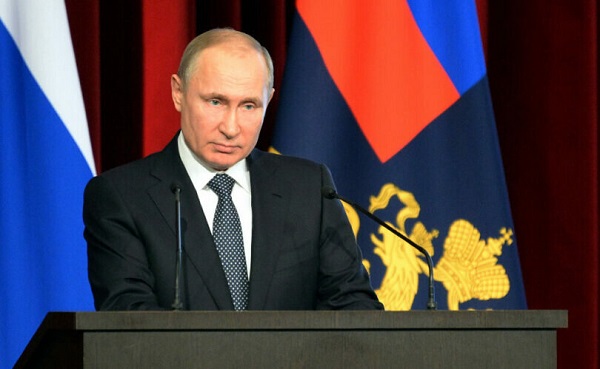
 Focal Points1 day ago
Focal Points1 day agoThe West Needs Bogeymen (Especially Russia)
-
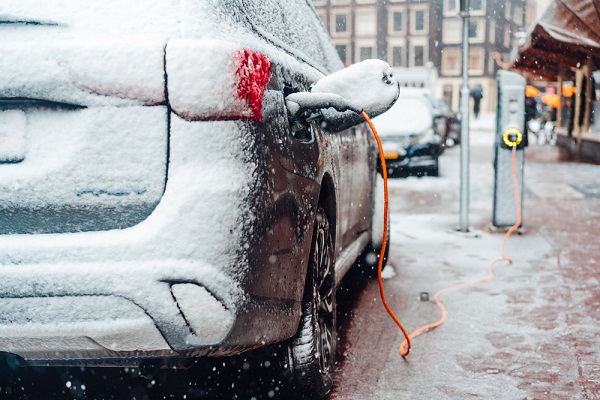
 Automotive2 days ago
Automotive2 days agoCanada’s EV Mandate Is Running On Empty
-
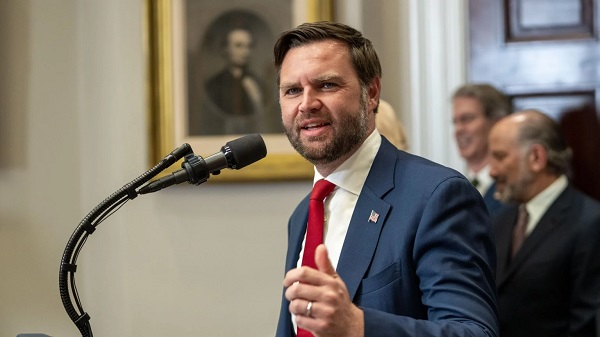
 Censorship Industrial Complex1 day ago
Censorship Industrial Complex1 day agoUS Condemns EU Censorship Pressure, Defends X
-

 Dan McTeague1 day ago
Dan McTeague1 day agoWill this deal actually build a pipeline in Canada?
-

 Bruce Dowbiggin11 hours ago
Bruce Dowbiggin11 hours agoWayne Gretzky’s Terrible, Awful Week.. And Soccer/ Football.





